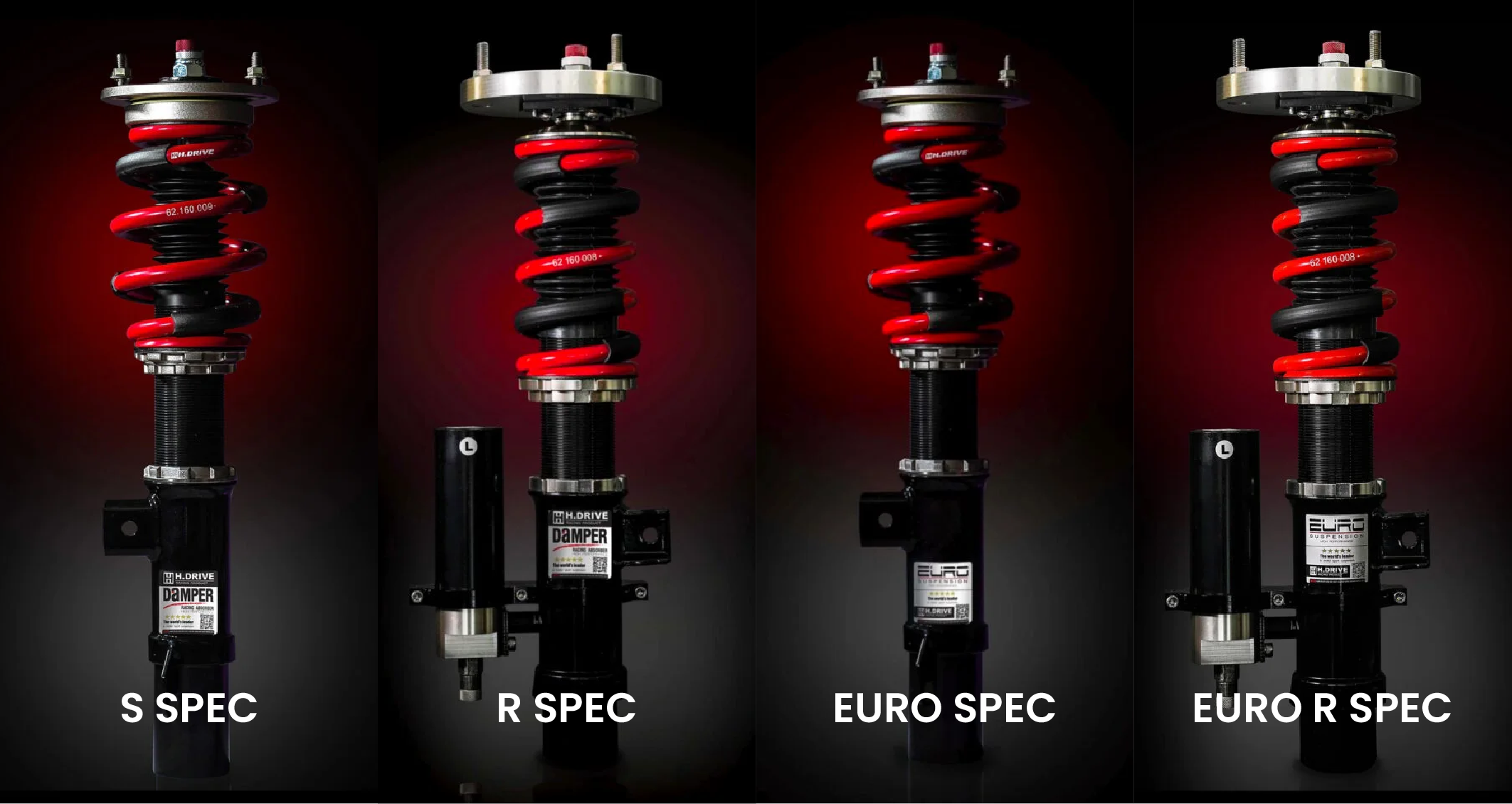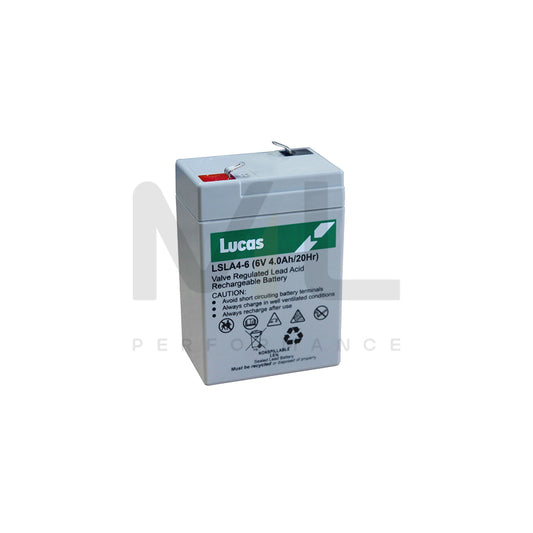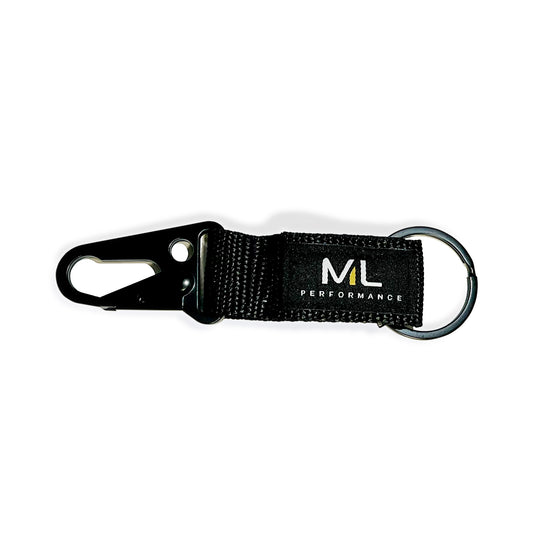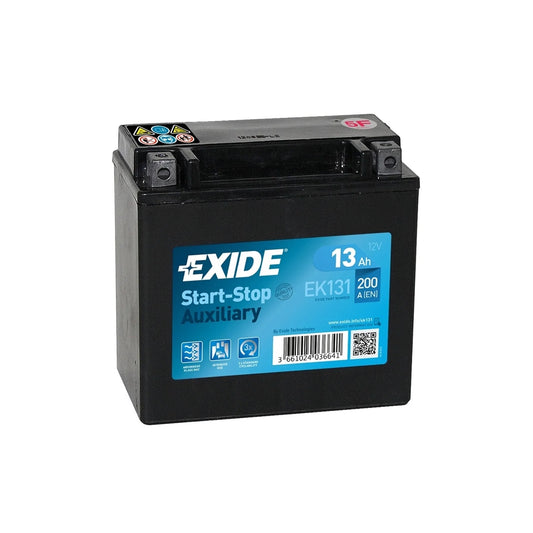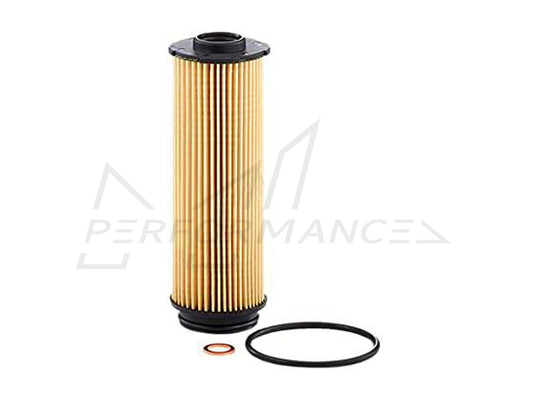If you want sound with your performance (or performance with your sound!), GFB’s VTA delivers just that! By combining the proven performance benefits of our ground-breaking DV+ with atmosphere venting, the VTA delivers an aggressive blow-off sound, improved throttle response and boost recovery, as well as superior boost holding and reliability in extreme conditions.
The factory diverter valve commonly found on these turbos has two distinct issues – reliability, and performance. Oh yeah, it also doesn’t make any noise. Here’s how the VTA addresses these problems.
Reliability – There are two ways in which the factory diverter valve can fail; the un-reinforced rubber diaphragm can rupture, and the metal valve stem that slides in the plastic cap can stick. In both cases, there is a risk to the turbocharger, as the ECU will attempt to compensate for a boost leak by increasing the wastegate duty cycle, which increases the turbo RPM significantly.
The VTA features CNC machined billet components that last a lifetime and cannot be damaged by high boost pressures or the associated increased charge temperatures.
Performance – The factory diverter valve typically operates in only two states – either fully open, or fully closed. When it opens at low boost, or during a partial throttle lift mid-corner, it causes increased lag and a noticeably non-linear boost transition, which is noticeable as a distinct “step” down in power as you roll off the throttle and the valve opens.
The VTA however allows the piston to open and close progressively in response to the amount of boost pressure present, so it only vents enough air to prevent compressor surge (the primary purpose of a diverter or blow off valve). This helps to smooth out boost transitions, making the throttle response more linear and predictable, and also minimizes lag introduced by the factory diverter valve.
VTA or DV+?
Depends if you want sound or not. Both valves are constructed with the same quality materials and valve mechanism, and both offer the same performance and reliability benefits. However, the VTA vents to atmosphere for sound whilst the DV+ recirculates the air to keep it quiet.
Why choose a VTA over a “BOV spacer”?
“BOV spacers” are cheap and they make sound. But that’s it. All the inherent performance and reliability issues you get with the factory diverter valve remain, because a spacer doesn’t change the factory diverter components or operation method in any way. The VTA improves the operation of the factory diverter valve for sound AND performance.
Like the DV+, GFB’s VTA range of BOVs utilise GFB’s proven TMS Technology to ensure rapid boost recovery on gearshift and optimum throttle response, as well as superior boost holding. However, where the DV+ and the VTA range differ is what they do with the vented air. VTA BOVs vent to atmosphere to make the signature turbo blow-off sound, where the DV+ recirculates the air to keep it quiet.
Each valve in the VTA range is designed specifically for the applications we list them for, ensuring the best fit and performance. Most of the VTA range are designed for use on cars with solenoid type factory diverter valves, and in those cases the VTA kit will retain the solenoid and ECU control. Like the DV+ though, it replaces the weak factory valve internals to ensure strength and reliability, especially in high boost applications.
Other versions of the VTA are designed for use on cars that do not have any kind of factory fitted diverter valve. Vehicle manufacturers have deleted the troublesome solenoid type diverter valve from some of the newer models, but this leads to turbo compressor surge which can be taxing on the turbo in the long run. The VTA valves for these cars are designed to re-introduce the function of a diverter/blow-off valve to help protect the turbo in the long term and provide a blow-off sound.


















